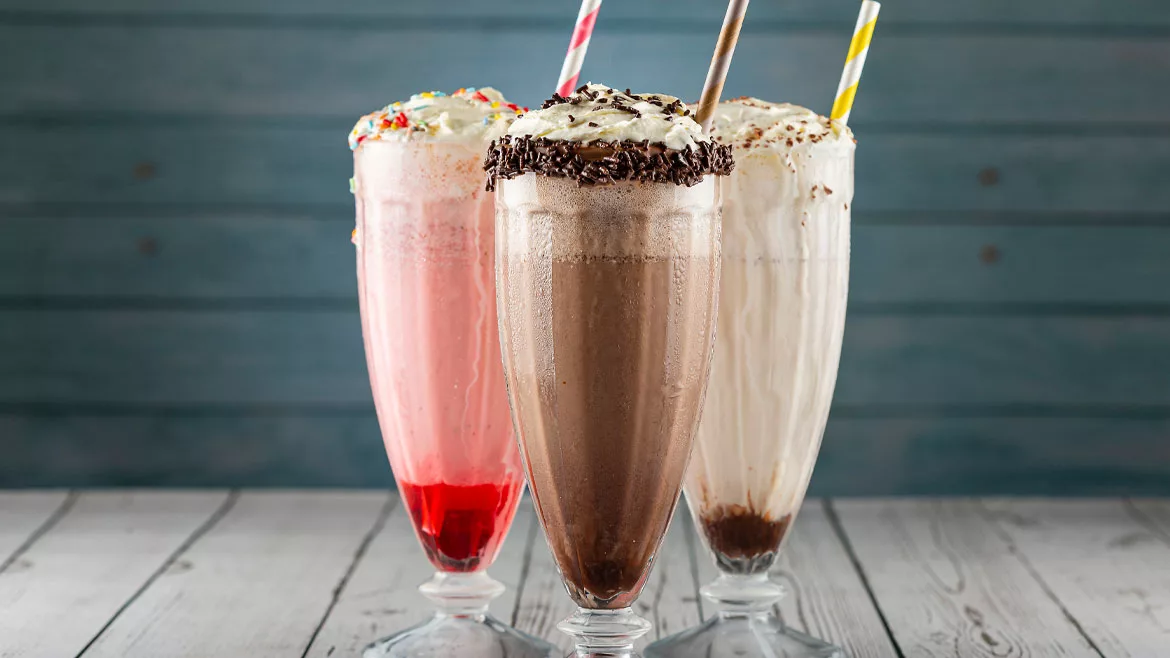New Technology Drives DSD Productivity
Technological advances affect direct store distribution solutions.

Keeping pace with updates in technology presents an ongoing challenge. The advent of faster computer processors, smartphones and portable devices with more computing power has revolutionized personal and business connectivity. Technological advances have had an affect on direct store distribution (DSD) solutions as suppliers adapt existing programs and create new innovations that take advantage of new releases.
Compounding the need for new solutions are changes in beverage distribution. More distributors have switched to new business models that are based on pre-sell, just-in-time delivery and less inventory in the warehouse. In addition, companies also are looking to reduce the amount of travel and hours of employees who visit customers in the field.
Many distributors have needed to adapt their business to retailers that request no back room inventory, just-in-time delivery and more frequent merchandising, says Bob Cushing, vice president of DSD sales for Salient Management Co., Horseheads, N.Y. The trend toward larger volume deliveries causes changes in delivery frequency, delivery vehicles and warehousing, Cushing says.
“Many DSD operators were geared up for high tonnage drops for the large retailers and this is now changing the logistical requirements,” he says. “They cannot do the proper planning without fast, accurate information from all data sources in their system. Their managers have to be able to make decisions in time to affect outcomes — not when it is too late. It’s all about economic productivity.”
Salient is the developer of Margin Minder soft-ware, which provides beverage companies with measurements to improve productivity. With a focus on performance management, Margin Minder’s technology is centered on speed and ease of use for managers at every level of the company, Cushing says. The software delivers information in a visually graphic format and can answer location-based questions, such as data on which products and customers are driving margin and revenue as well as the locations where a new product is performing well, he says.
The continuing increase in fuel costs is a concern that might cause beverage distributors to re-evaluate operating procedures, Cushing says.
“As suppliers continue to be impacted by higher fuel and labor costs without being able to pass on these costs in pricing, there will be a drive toward improving efficiency with a targeted focus at the account level,” he says. “In-store time will be a critical component of true cost-to-serve and value add.”
BMobile Route Software, Eagle, Idaho, also foresees that rising fuel costs will have an affect on distributors, says Jeremy Russell, director of sales for the company.
“As gas prices are going up, we see a lot of people asking — and maybe it’s coming to their forefront now — for optimization of their route,” Russell says. “Obviously, we’ve always been in the business of trying to get the shortest distance from Point A to Point B in the day, but now that’s kind of heightened to another level as well as with business intelligence tools for us to do a better job of forecasting the need.”
The company also has developed new solutions that use more sophisticated methods of predicting sales patterns, says Michael Brown, director of marketing for BMobile.
“Forecasting is now a lot more than checking out last month’s sales and computing the math,” Brown says. “Nowadays, the technology industry is now using highly sophisticated algorithms. They are plugging in an abundance of data to provide beverage distributors with truly almost a crystal ball into what they are going to be needing for products and to give them the information to allow them to keep both hands on the wheel in driving their business.”
Lowering initial costs, BMobile offers software as a service (SAS) model that allows distributors to get up and running for a lower start-up cost, Brown says.
In addition, the company also offers a customizable dashboard option with its software, which appeals to small and large distributors alike, Brown says.
“Having a customized dashboard nowadays has become so important, so these small distributors can see exactly what they want to see throughout the day,” he says. “The larger distributors have a lot more data and they are a lot more diverse, so they want to see different information. This gives them the ability to customize their daily dashboard to give them an instant snapshot of where their business is at any point in the day.”
Distributors also are re-evaluating how they use existing functionality, says Cyndi Brandt, vice president of marketing for Roadnet Technologies, formerly UPS Logistics Technologies, Baltimore. The company has seen distributors take a closer look at its dynamic routing software, Brandt says. Roadnet’s dynamic routing technology creates balanced routes based upon the most cost efficient route for the orders that were placed on a given day, Brandt says.
In addition, the company also provides FleetLoader, which is a solution designed for efficient loading.
“People are constantly looking for new strategies on how to load more efficiently or to keep up with a new technology that has come out,” Brandt says. “In the past five years, if you look at this whole concept of carts, where you have these mini-rolling pallets, now they are saying, ‘How do I tell my warehouse how to load those more efficiently?’”
Beyond routing and loading, the company also provides MobileCast, which monitors vehicles by GPS, and Roadnet Telematics, a solution that monitors a fleet’s vehicles, Brandt says.
“It’s not enough anymore to tell my drivers where to go and in what order,” she says. “I need to monitor how that’s happening.”
Roadnet Telematics monitors a driver’s behavior, including speeding, braking and seatbelt use. This can help companies comply with Comprehensive Safety Analysis 2010 regulations, Brandt says. The solution also can be used to monitor service needs.
Hardware advances
In addition to software advancements, technological innovations in hardware have created new opportunities in the field, BMobile’s Brown says.
“Even the smallest distributor can now take advantage of this new technology and software that’s out there,” he says. “In the past, advanced technology was pretty much limited to the largest distributors, but now technology has become the great equalizer among distributors as costs come down.”
Costs also are decreasing for hardware investments as BMobile has seen many distributors adopt and adapt smartphones and tablet computers to their needs.
“Route delivery and distribution has always been about speed, accuracy and increasing sales,” Brown says. “The hardware advances — the smaller, lighter devices — are truly allowing the person in the field to move faster and adapt to carry less tools and be able to do more with what devices they have, as far as collecting data intelligence, accessing data intelligence from their office and getting in and out as quickly as they possibly can.”
Many salespeople have opted to use smartphones and tablet computers in the field, which provide the ability to send data to the office, Russell says. BMobile is developing solutions for smartphones that operate on the Android platform, with more platforms to come, Brown says.
Mobile connectivity also allows some distributors to have salespeople make sales calls virtually. BMobile created a Call Manager module that gives a pre-sales person the ability to call out on their route virtually and enter orders from a computer, Russell says.
For applications requiring more rugged hardware, LXE Inc., Norcross, Ga., created the versatile Marathon field computer model, which uses a Windows operating system, includes a GPS device, incorporates full QWERTY keypad and two USB ports. The Marathon is targeted for in-field use, says Doug Brown, business development director for LXE.
“One of the unique advantages of this Marathon is that it is intended to be a handheld computer,” LXE’s Brown says. “It only weighs 2 pounds. It’s a lot lighter than a laptop, but it has the same computing power as a laptop, and it runs full Windows. So now you have the ability to take that full Windows computer directly to where you need to do your work.”
The Marathon was designed to withstand some damage if it’s been dropped, gets wet and is banged around, Brown says. The rugged design allows the computer to be brought closer and closer to where work is being done, which can help increase productivity and efficiency, he says.
“I think the beverage industry is a pretty mature industry when it comes to computing and mobile computing,” Brown says. “The more mature the industry, the more data hungry they become. They want to push more and more information out to the worker in the field and give access where he can go back and provide more information. That’s going to drive, in my opinion, this new class of computer in the middle here. It’s a field computer and a tablet computer, something you can carry around, but it’s got a big screen and a big keyboard because there’s this appetite for more data, and you have to have a way to get that at the point of attack.”
The Marathon can be implemented by a supervisor in a warehouse, a delivery person as well as field sales representative. The computer also can be adapted with barcode scanners, credit card readers and additional accessories to suit particular applications. LXE also offers models with up to nine hours of battery life as well as docks for delivery vehicles so the computer can recharge between stops, Brown says. BI
Looking for a reprint of this article?
From high-res PDFs to custom plaques, order your copy today!



